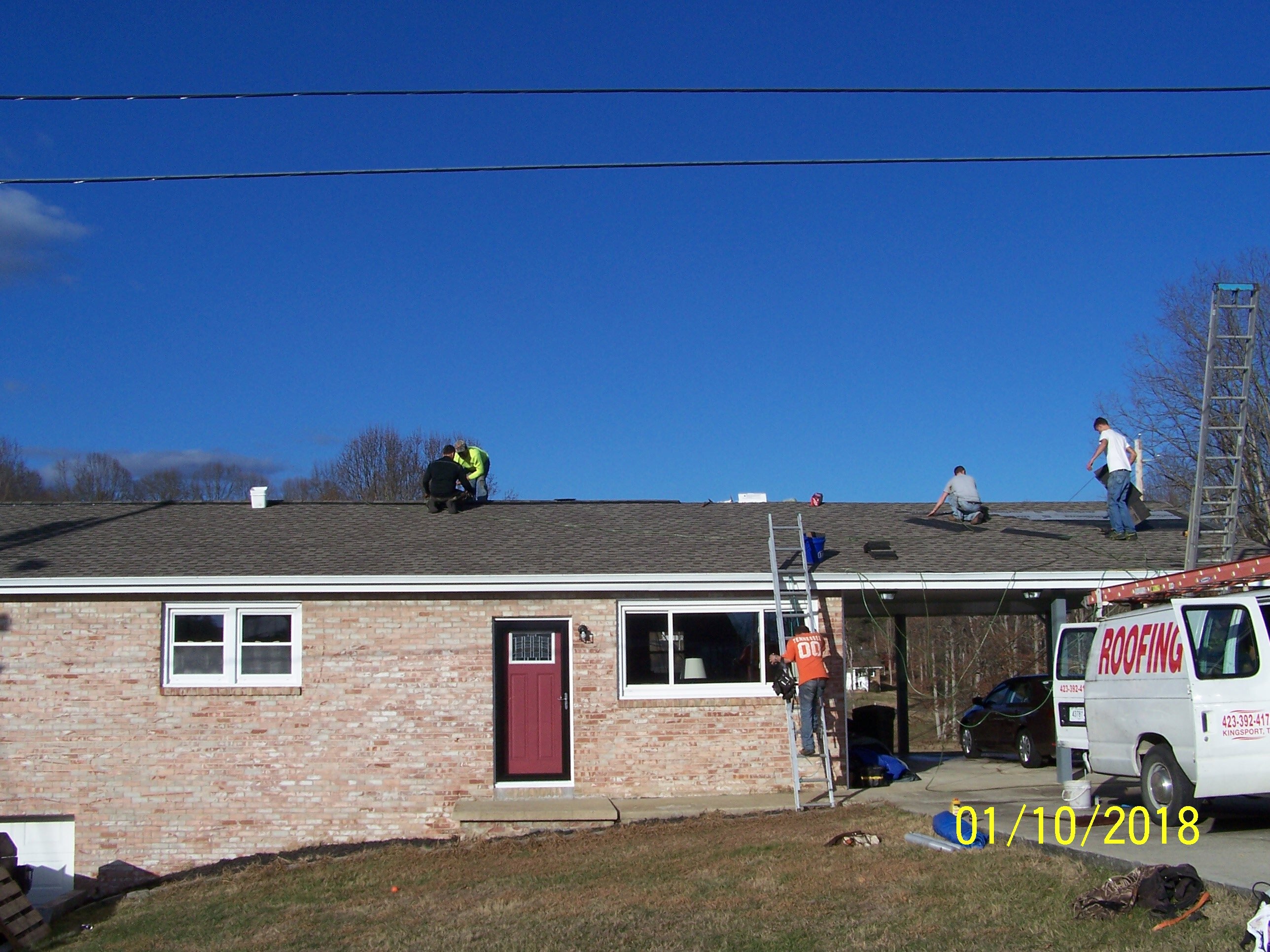
There are many benefits to choosing a TPO roof membrane for your home. It doesn't absorb heat which will reduce cooling costs. Another benefit is its ease of installation. It is available as a single ply white membrane. In addition to these benefits, TPO roof membranes are also environmentally friendly.
White membrane with single-ply construction
TPO membranes consist of a special blend polymers which include ethylene rubber, polypropylene and other polymers. The polymers work together to create a waterproof membrane. It is applied by mechanical fasteners at its seams. It is durable, strong, and sustainable.
TPO roofing is gaining popularity in both commercial and residential environments since its introduction. Its energy-saving capabilities and wide color range are just two of its many advantages. These features allow it to meet a variety of design specifications. TPO membranes come in a variety of colors, including white and grey.

Reflects heat instead of absorbing it
A reflective material is a material that reflects heat rather than absorbs it. Reflecting heat more effectively than darker materials, such as snow and ice, are those with lighter colors. On the contrary, dark materials absorb heat but radiate it back into atmosphere. This effect is most important in Arctic, where melting ice may accelerate climate change.
Also, the color of an object's surface can affect its ability to reflect heat. White objects are the best at reflecting most of what energy is radiated to them. Darker colors absorb light energy more efficiently, converting it into heat energy. Cool-colored objects absorb less heat energy than other colors, meaning they are less able to raise the temperature.
Reduces cooling costs
TPO roof membrane is ideal for warmer climates. TPO membrane is extremely resistant to UV and can be made in many colors. TPO offers high levels of design flexibility. The flexible material can be shaped to fit any aesthetic style, while also delivering high levels of energy efficiency.
TPO roof membranes also have a light weight. TPO roofing materials are manufactured with wider sheets and require fewer seams, making them less cumbersome to install. This roofing material also requires less expertise to install than other types. TPO roof installation requires professional assistance.

Installation is simple
TPO membranes consist of a combination of polymers. These include polypropylene, ethylene rubber and polypropylene. A special fabric is added to strengthen them. They can be attached to the roof mechanically or they can be adhered and ballasted. TPO roofs with mechanical attachments need to be fastened at the seams. These fasteners provide strong performance in all wind conditions. They are also available in various thicknesses, making it easy to choose the right choice for your home.
After you have chosen the right type of TPO roof membrane for you, you need to know how to install it. First, install the insulation. This will reduce water vapor penetration to the roof and help improve energy efficiency. Next, you will need to attach the cover board to your roof. Most installations recommend 5/8" plywood or OSB for this step. Before attaching the membrane, you will need to sand off any sharp edges.
FAQ
What happens if one of the parties doesn't accept their side?
Failure to keep your promises can result in the law permitting the other party to sue you and treat your promise as null. Damages can include interest, court costs and legal fees as well as the amount due.
Can I cancel my agreement at any time?
Yes. But you must do this within 14 calendar days of signing your contract. You can usually end your contract by notifying the contractor in writing at least 7 days before the contract's expiration date. In some cases, however, you might still owe contractor money for work done.
Who pays for this service?
Your SCA will indicate who is responsible in paying for the service. In the event that the service provider is not paid fully, they may be eligible to seek compensation from the courts.
Statistics
- (1) Except as provided in paragraphs (a)(4) and (a)(8) of this section, if the estimated amount of the contract or subcontract is $10 million or more, the contracting officer shall request clearance from the appropriate OFCCP regional office before- (acquisition.gov)
- Depending on the client's trustworthiness and financial stability, a deposit is usually 10 to 50% of the total contract amount. (lawdepot.com)
- (1) Ascertain the extent to that offers are based on the payment of overtime and shift premiums; and (2) Negotiate contract prices or estimated costs without these premiums or obtain the requirement from other sources. (acquisition.gov)
- (d) Contractor disputes related to compliance with its obligation shall be handled according to the rules, regulations, and relevant orders of the Secretary of Labor (see 41 CFR60-1.1). (acquisition.gov)
- (ii) Name, address, and telephone number of each proposed first-tier subcontractor with a proposed subcontract estimated at $10 million or more. (acquisition.gov)
External Links
How To
What should a Service Agreement include?
Every business relationship should have a Service Agreement (SA). It describes what you expect of each other and how to achieve it. The SA also details when and where each party should fulfill its contractual obligations.
These are the key components of a successful SA:
-
Both parties will agree to the scope of work.
-
Particulars of the payment terms, including delivery dates and start dates.
-
A price agreed upon for the project.
-
Any additional costs such as VAT etc.
-
Whether there is anything else that needs to be discussed.
-
Who will be held responsible for any problems that may arise on the job?
-
How to resolve disputes
-
What happens if one party breaches the contract.
-
What happens if there is a dispute
-
When will the contract become effective?
-
What happens if a party doesn't perform.
-
How long do you have to pay invoices?
-
Who pays for things like travel expenses.
-
Where the money comes.
-
What happens if the client changes his mind about the project?
-
What happens when the supplier doesn’t show up.
-
Who has access to the site during construction?
-
What happens if the customer cancels the project.
-
What happens if a product is not as described?
-
What happens if the supplier refuses to sell parts?
-
What happens when the equipment stops working?
-
What happens when the project takes longer to complete?
-
What happens if you don't complete the work within the set timeframe?
-
What happens if the project is not up to standard?
-
What happens if costs exceed expectations?
-
What happens if you don't receive your materials on time?
-
What happens if your material arrives damaged?
-
What happens if products do not meet the standards?
-
What happens when the job is cancelled before completion?
-
What happens when the company goes under?